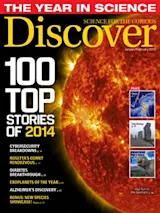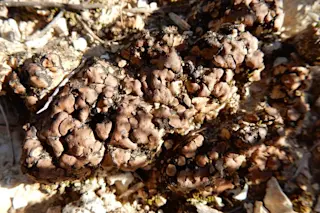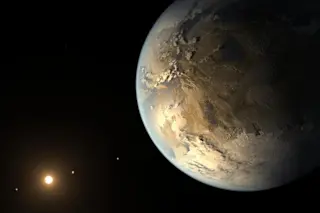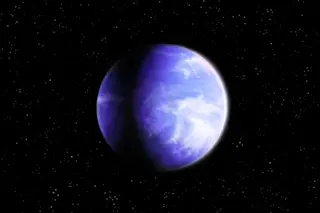Another year, another amazing haul of exoplanets — worlds around other stars. The known total doubled to over 1,800, and headlines trumpeted several exciting, groundbreaking firsts. The numerous alien-world oddities that cropped up expanded our limited, solar system-centric perspective on nature’s creativity. Just have a look at some of the “stars” of the Exoplanet High Class of ’14!
This mouthful of an exoplanet stands as the first approximately Earth-size world, with an Earth-like orbit, in a double-star system. Before, astronomers had no clue if Earthly worlds could form in such systems. Given that at least half of all stars are binaries, the finding greatly expands the odds for life in the universe.
Talk about outside the mainstream. GU Psc b set the record this year for the greatest distance from its star. This rebel planet hangs out in an orbit about 200 billion miles from its host star — about ...















